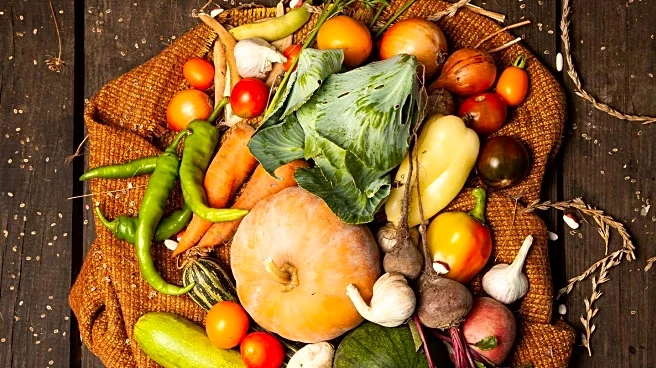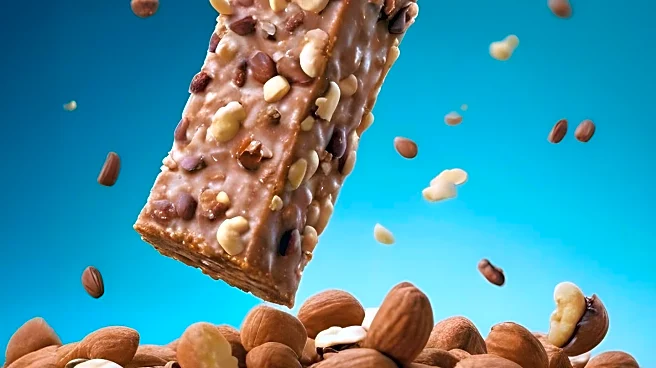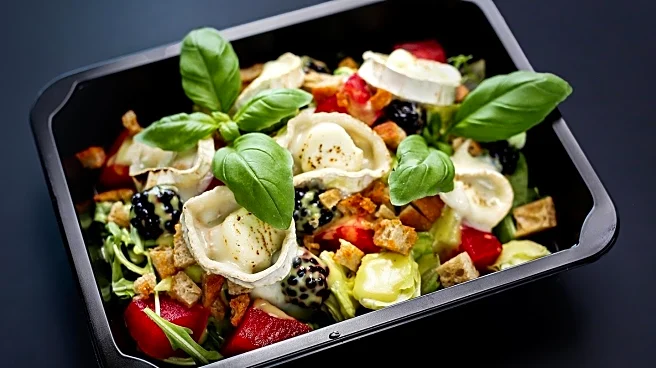Rapid Read • 9 min read
Circana, a market research firm, has released projections for the food and beverage industry in 2026, indicating a volume growth range of -1% to 1% and dollar sales growth between 3% to 5%. The firm notes that consumer behavior is increasingly focused on value and multifunctional eating habits, which are influencing market dynamics. Sally Lyons Wyatt, Circana's global executive vice president, highlighted that consumers are prioritizing in-home food and beverage spending, redefining 'value' with an emphasis on convenience and functionality. Health-conscious trends such as high-protein diets and reduced alcohol and snack consumption are also shaping the market. Additionally, demographic shifts, including tighter budgets among low-income and Hispanic households, declining birth rates, and slower immigration trends, are impacting broader category performance.
AD
The projections by Circana underscore significant shifts in consumer behavior that could impact the food and beverage industry. As consumers prioritize value and health, companies may need to adapt their strategies to meet these evolving demands. The emphasis on high-protein diets and reduced alcohol consumption reflects a broader trend towards healthier lifestyles, which could influence product offerings and marketing strategies. Furthermore, demographic changes such as declining birth rates and slower immigration could affect market size and growth potential, prompting companies to reassess their target demographics and product lines. The rising prices of cocoa and coffee, noted by Circana, also highlight potential cost pressures that could affect pricing strategies and profitability.
Food and beverage companies may need to focus on innovation and strategic promotional activities to stimulate demand and maintain profitability. As consumers continue to seek value, businesses might explore partnerships with mass, club, and value retailers to enhance accessibility and affordability. Additionally, companies could invest in product development that aligns with health-conscious trends, such as high-protein offerings and reduced-calorie options. Monitoring demographic shifts will be crucial for businesses to adapt their strategies to changing consumer bases. The industry may also see increased emphasis on sustainable practices and climate-smart strategies as part of future-proofing efforts.
The evolving consumer preferences and demographic shifts could lead to long-term changes in the food and beverage industry. Companies might need to consider ethical and cultural dimensions in their product offerings, particularly as health and sustainability become more prominent. The focus on value and convenience could drive innovation in packaging and delivery methods, potentially reshaping the industry's landscape. Additionally, the impact of rising commodity prices, such as cocoa and coffee, may prompt discussions on fair trade practices and supply chain transparency.
AD
More Stories You Might Enjoy










